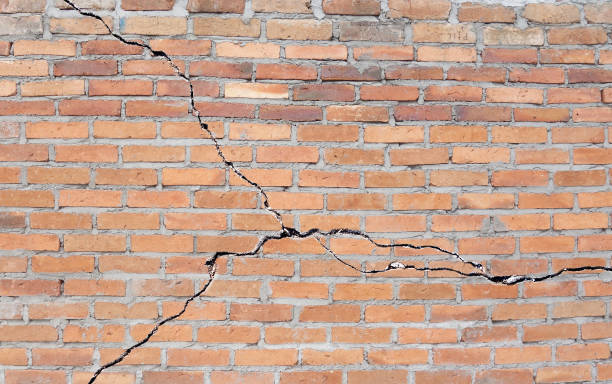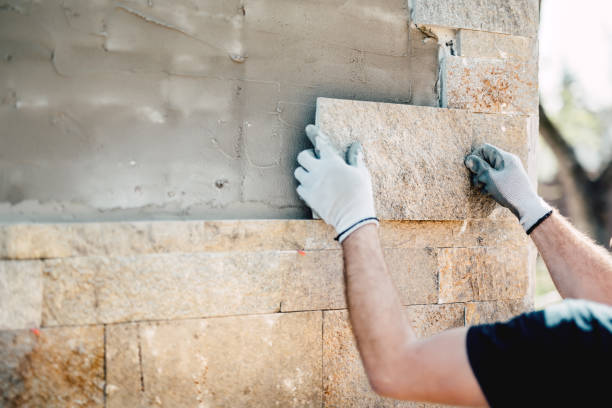Brick fireplaces are a popular choice for many homeowners in Melbourne, Australia. They add warmth, character, and a touch of nostalgia to any room. However, like any other part of your home, brick fireplaces require regular maintenance and care to keep them looking their best. This article will discuss some essential brick fireplace maintenance and care tips in Melbourne.
Cleaning the bricks is the first step in maintaining your fireplace. Over time, soot and dirt can accumulate on the bricks, making them look dull and dirty. Remove any loose debris with a brush or vacuum cleaner to clean the bricks. Then, mix a solution of warm water and mild detergent. Dip a sponge or soft cloth into the solution and gently scrub the bricks, working in small sections. Rinse the bricks with clean water and allow them to dry completely before using the fireplace again.
Regularly inspecting the mortar joints is crucial for the longevity of your brick fireplace. The mortar can deteriorate over time due to weather conditions and repeated heating and cooling cycles. Look for any cracks, gaps, or crumbling mortar and repair them promptly. You can use a mortar repair caulk or a mortar patching compound to fix small cracks or gaps. For more extensive repairs, it is recommended to seek professional help to ensure the structural integrity of the fireplace.
Keeping the hearth clean is another important aspect of brick fireplace maintenance. The hearth is directly in front of the fireplace where the fire burns. It is susceptible to soot, ash, and stains. Remove any loose debris and ash with a brush or vacuum cleaner to clean the hearth. Then, mix a solution of warm water and mild detergent. Use a sponge or cloth to scrub the hearth, removing stains or soot. Rinse the hearth with clean water and dry it thoroughly.
Regularly inspecting the chimney is crucial for the safety and efficiency of your brick fireplace. Over time, creosote can build up in the chimney, increasing the risk of fires. Additionally, birds or other animals may build nests in the chimney, causing blockages. Having your chimney professionally inspected and cleaned at least once a year is recommended. A professional chimney sweep will remove any creosote and inspect the chimney for damages or blockages.
Protecting the bricks from water damage is essential, especially in a city like Melbourne, where heavy rainfall is common. Water can penetrate the bricks, causing them to deteriorate and weaken. To protect the bricks, consider applying a water repellent or sealer. These products create a barrier that prevents water from entering the bricks while allowing them to breathe. It is important to choose a water repellent specifically designed for use on bricks and follow the manufacturer’s instructions for application.
In conclusion, regular maintenance and care are essential for keeping your brick fireplace in Melbourne looking its best. Cleaning the bricks, inspecting the mortar joints, keeping the hearth clean, inspecting the chimney, and protecting the bricks from water damage are all important steps in maintaining a brick fireplace. By following these tips, you can ensure that your brick fireplace remains a beautiful and functional focal point in your home for years.


